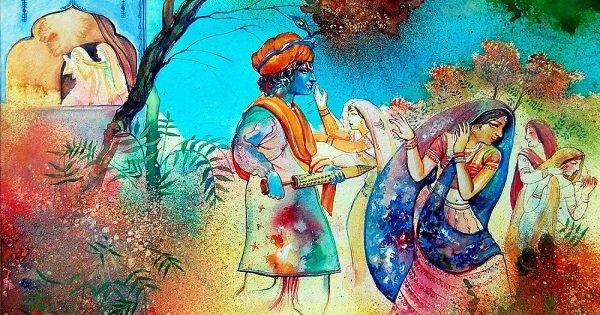It’s almost as if you could point at any figure from Sikh history and inevitably end up with a total warrior. Sardar Hari Singh Nalwa’s life as a fighter and gentleman is so outrageously epic that it’s hard to believe.
Hari Singh Nalwa was born in Gujranwala, in the Majha region of Punjab, to the Uppal family.
This was 1791. By the time he was 10 years old, he began practising the Sikh religion. Training in horse riding and martial arts from a very young age, Hari Singh quickly displayed prowess in physical activity and intelligence. By the time he was 13, his mother sent him to the court of Ranjit Singh to resolve a property dispute. The meeting with the king would later grant him membership to his court, and the control of 800 horses and footmen later that year.
That’s right. He was in command of an army as soon as he hit his teens.
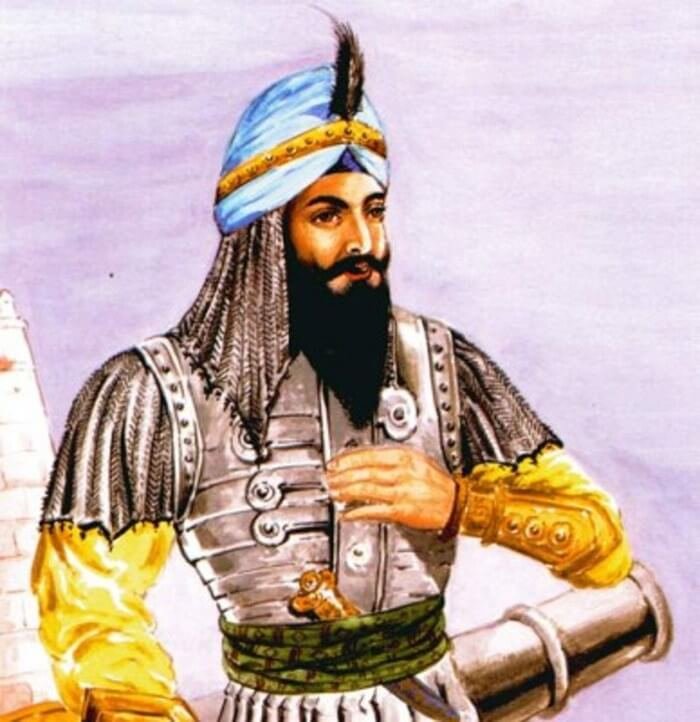
The name that he wore, Nalwa as opposed to Uppal, was given to him in 1804. It meant ‘one with claws, like that of a tiger.’
It is speculative whether Hari Singh had already begun serving with the military just yet. But in 1804 when he was out on a hunt with his men, an attack by a tiger caught him off guard. Certain legends claim the tiger had him between its jaws, others say he decided to fight it with his bare hands. But one thing that seems certain is the fact that he ended up breaking the cat’s jaw and tearing its mouth open. This earned him nicknames like baagh maar (the one who killed the tiger), and eventually his title, Nalwa.
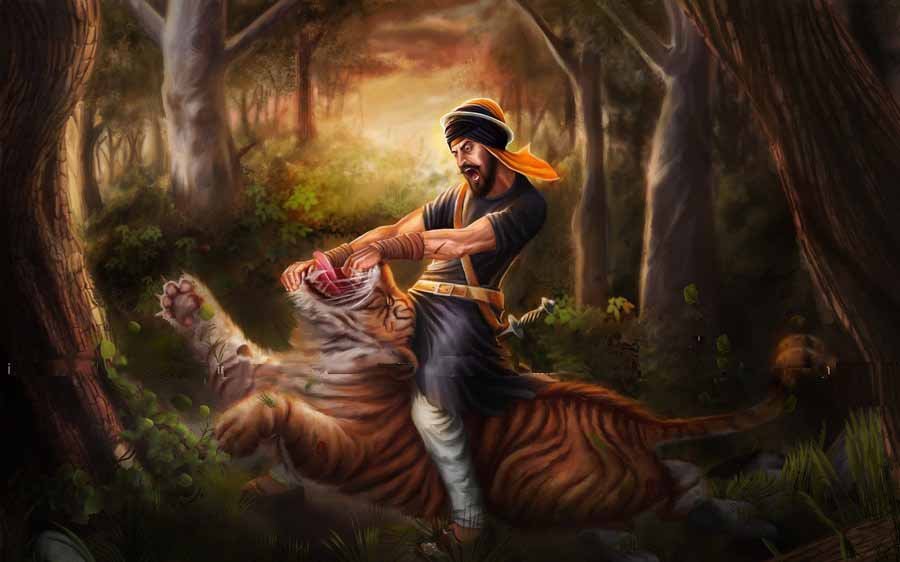
Between 1804 and 1837, Sardar Hari Singh Nalwa fought over 20 battles, many of them against the Afghans, quickly earning himself the reputation of the only man who struck terror in their hearts.
The tales of the battles that were fought by the Sikh army under his command are too vast and epic to even try to cover in detail. But rest assured, Sardar Hari Singh Nalwa is considered to be one of few men who have ever completely controlled the Khyber Pass for as long as he did, beginning with the battle at Kasur in 1807 to the taking of Jamrud in 1836. Each battle had odds favoured against him, but it was his wit and superior knowledge of warfare tactics that won him his victories.
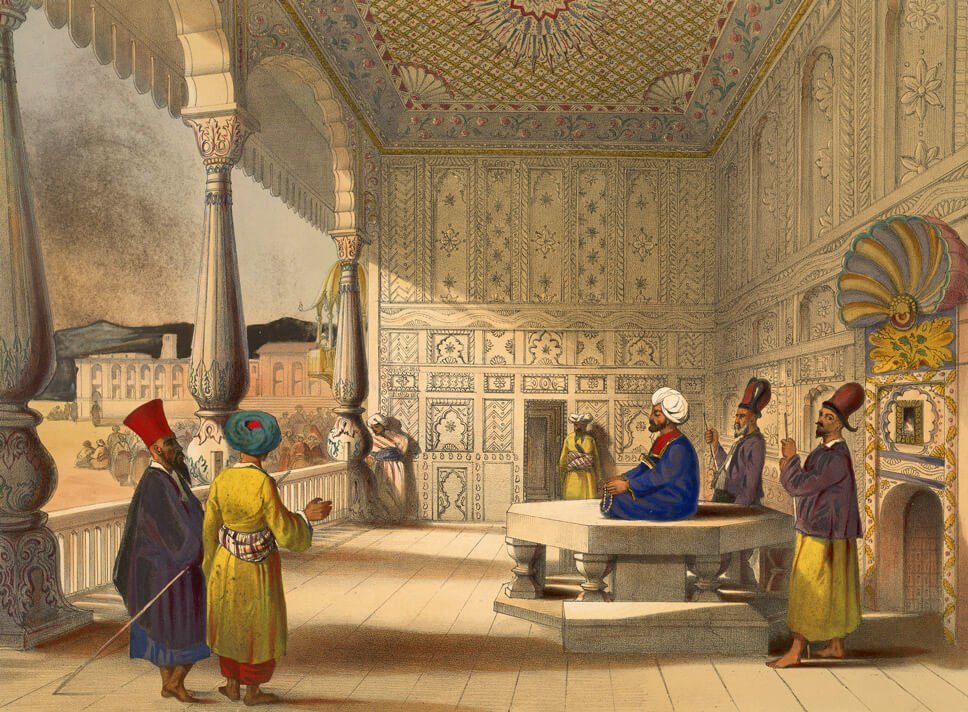
Hari Singh Nalwa is almost solely credited with expanding the Sikh empire beyond the Indus valley and all the way up to the Khyber Pass.
This was a feat that no man had managed before. In 1837, news of Hari Singh’s exploits sent shivers down the Afghani kingdom’s spine. The next move would have seen the Sikhs take Jalalabad and subsequently Kabul. Dost Mohammad Khan, the then Emir of Afghanistan sent five of his sons with his army to meet with the Sikhs. Not to battle, but to display their strength. Similar orders were given to the Sikh army by their commander.
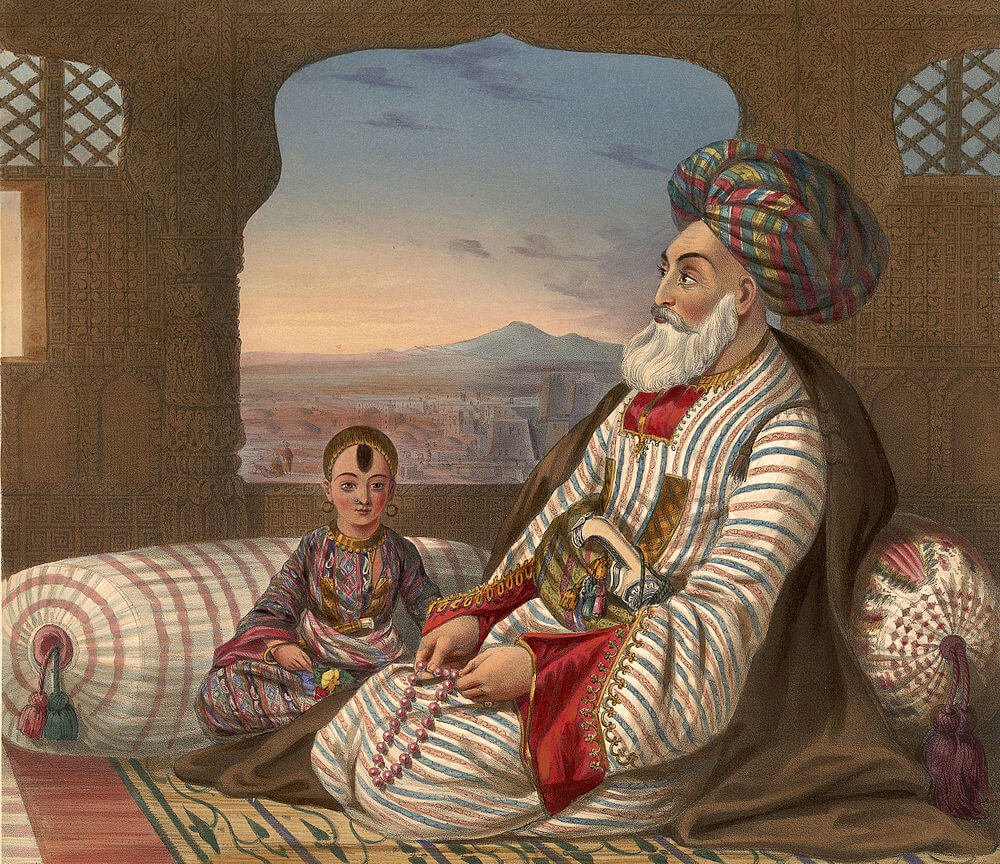
When the Afghanis realised their numbers were greater, they ordered an assault. Up until Hari Singh arrived at Jamrud from the fort of Peshawar.
His arrival threw the Afghanis into complete chaos. The Sikhs charged and doled out serious damage to the Afghanis, most of whom seemed to be fleeing. But during the battle, Sardar Hari Singh Nalwa sustained fatal injuries. Hari Singh ordered his men not to let news of his imminent death out until reinforcements had arrived. For a week till the Sikh reinforcements arrived, the Afghanis stayed back for fear of meeting Sardar Hari Singh Nalwa on the battlefield again. The Sikh army managed to retain their position at the Khyber Pass.
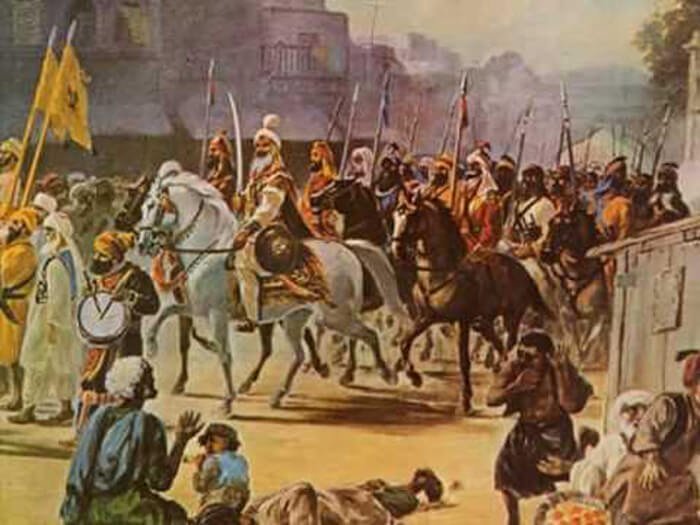
The mouth of Khyber Pass would remain under the control of the Sikh empire till the British defeated them in Punjab.





